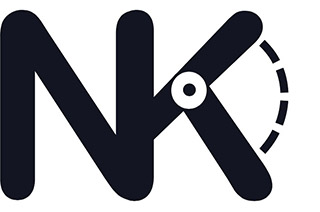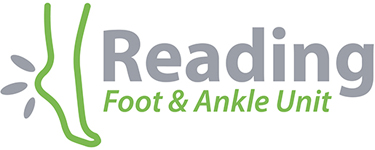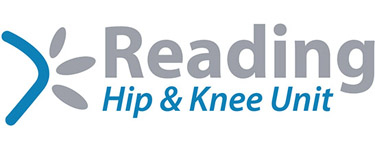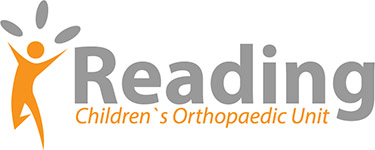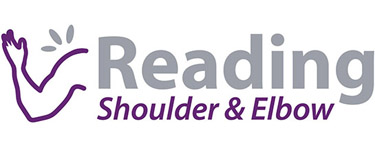Developmental Dysplasia of the Hip (DDH)
Nev Davies
Reading Children’s Orthopaedic Unit
Information for Families
Developmental Dysplasia of the Hip (DDH)
What is DDH ?
The hip is a ball and socket joint. DDH is a range of conditions ranging from an underdeveloped socket through to a ball that is dislocated (out of the socket) All babies in the UK are checked at birth to make sure their hips are developing normally, and then again at 6-8 weeks. Some babies are at higher risk of having hip problems. These include twins, breech presentation babies and any baby with a family history of hip problems.
How is it diagnosed ?
Usually an experienced paediatric orthopaedic consultant or a specialist nurse consultant can examine a baby’s hips and find subtle signs that may suggest a problem. If so, an Ultrasound scan (jelly scan) is arranged to look at the position of the hip joint and confirm the diagnosis. This is completely harmless.
What is the treatment ?
Treatment options vary according to how undeveloped the hip is, the age the child presents (not all hip problems are present at birth), as wells as how the hip responds to the different treatment options. The general rule used in Reading is ‘first do no harm’ so we would always try non operative options first before discussing and moving on to more invasive options if necessary.
The treatment ladder is as follows. Please click on the separate links for more information:
Stage 1 – Plan A – treatment in a Pavlik Harness (dynamic splinting)
Stage 2 – Plan B – Hip arthrogram, examination under anaesthetic, trail of closed reduction and application of hip spica (plaster trousers)
Stage 3 – Plan C – open surgery followed by application of hip spica – to reduce the hip (put ball into socket) and hold it there.
What is the follow up ?
Your child will be followed up in clinic regularly until we are happy the hip is developing normally both clinically and radiographically (on X-rays).
